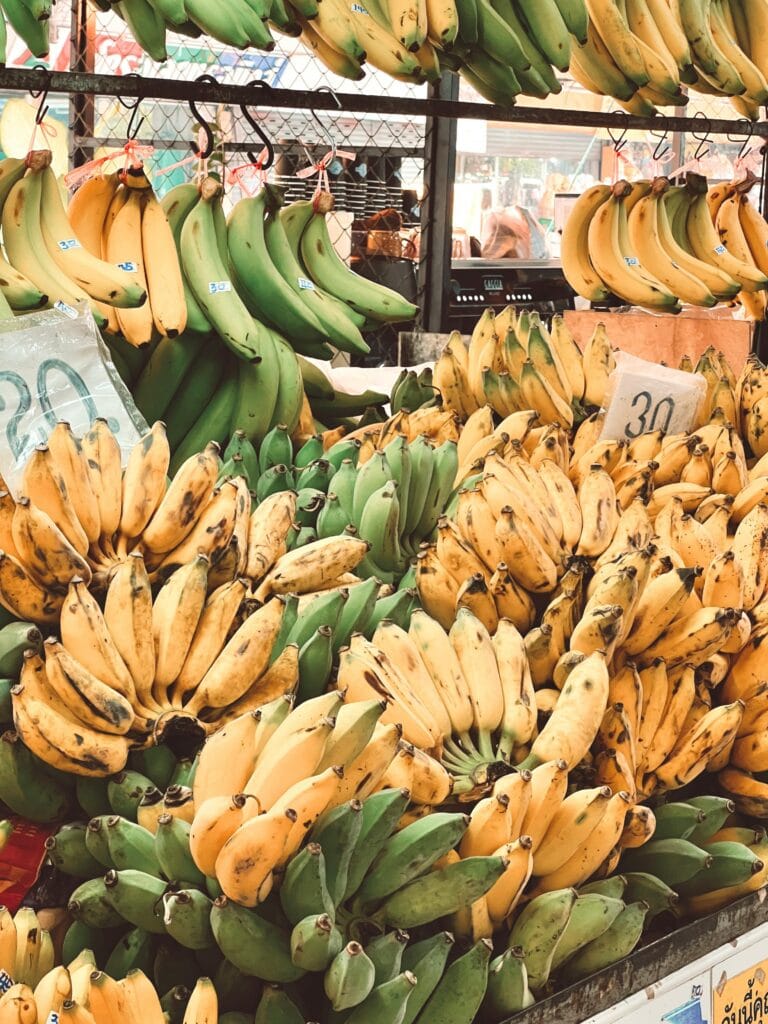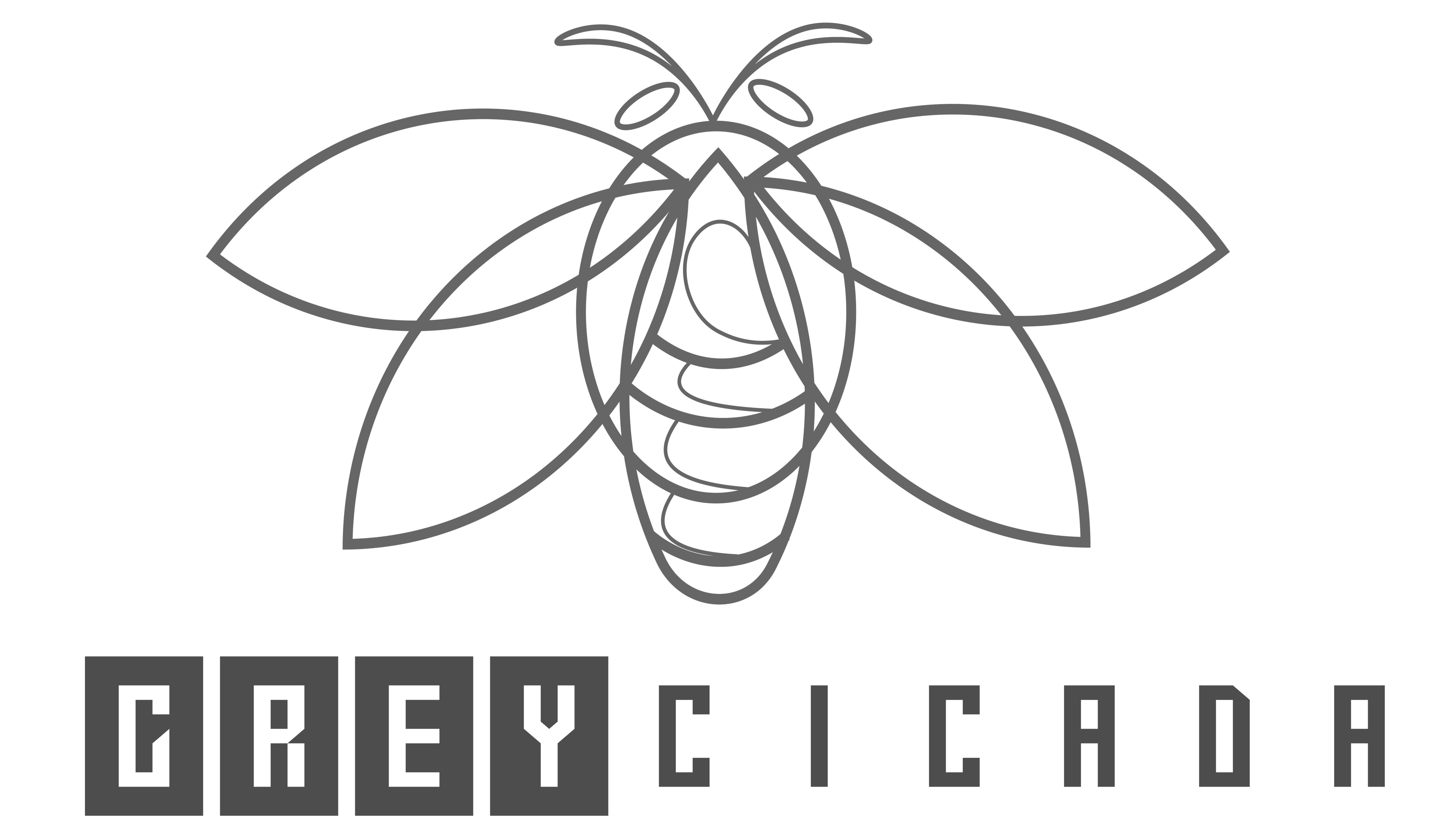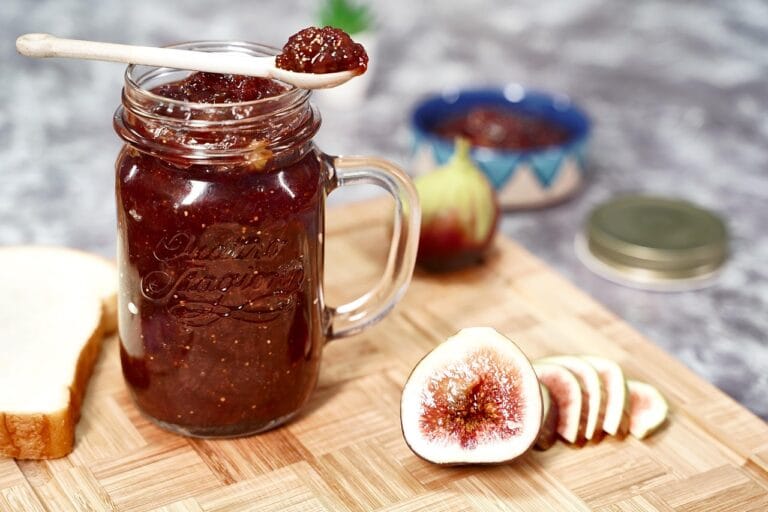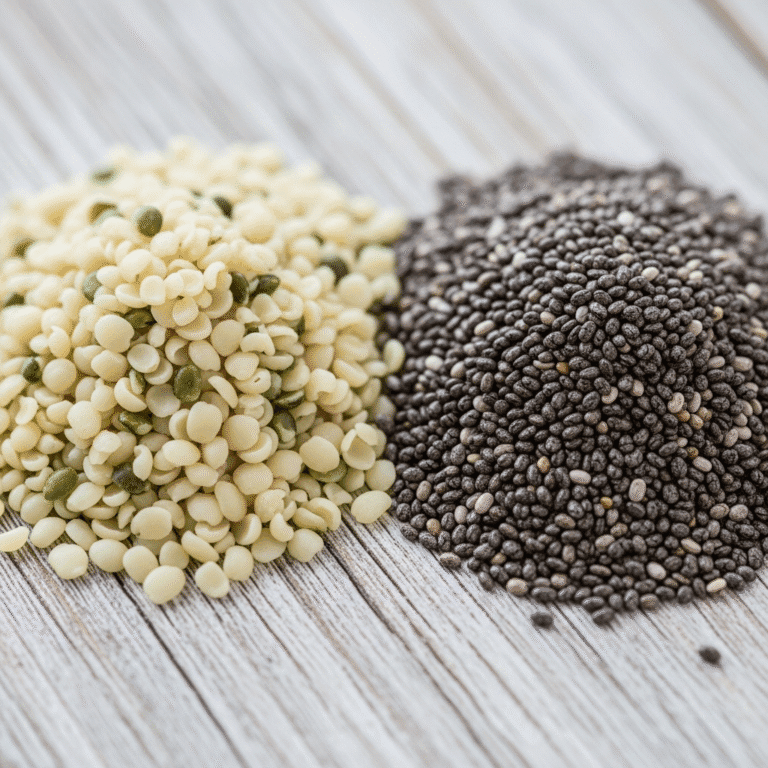FREE SHIPPING OVER $50
Bananas or Plantains? One Packs More Nutrients—And It’s Not What You Think

It’s a familiar sight. The humble banana, perched perfectly in a fruit bowl or packed into a lunchbox, is the world’s most popular fruit. We grab it for a quick hit of energy before a workout, blend it into a smoothie, or slice it over our morning oatmeal. It’s an iconic symbol of convenience and health. But a few feet away in the produce aisle sits its less-known cousin, the plantain—a similar-looking but often misunderstood fruit.
Most of us don’t give a plantain a second thought, assuming it’s just a different kind of banana. But what if the plantain is secretly a more potent nutritional powerhouse? What if the one you’ve been overlooking is actually the better choice for your body? We’re going to dig into the science, break down the numbers, and reveal which one truly packs more nutrients. The answer might surprise you.
The Nutritional Breakdown: A Head-to-Head Comparison
To settle the debate, we need to compare the raw numbers. Here is a side-by-side look at the approximate nutritional content of one medium banana and one medium green, raw plantain (which will be cooked later).
| Nutrient | Banana (118g) | Plantain (179g) |
| Calories | 105 | 218 |
| Carbohydrates | 27g | 58g |
| Fiber | 3.1g | 4.6g |
| Sugar | 14g | 27g |
| Protein | 1.3g | 2.3g |
| Potassium | 422mg | 739mg |
| Vitamin C | 10.3mg | 27.2mg |
| Vitamin A | 76 IU | 1,465 IU |
| Vitamin B6 | 0.4mg | 0.4mg |
| Magnesium | 32mg | 55mg |
Note: Nutritional information can vary based on ripeness and preparation methods.
At first glance, it appears the plantain is the clear winner, but the story is more complex than just the numbers. The real difference lies not in what they contain, but in how your body processes them and how they are prepared.
Beyond the Numbers: Key Nutritional Differences Explained
While a banana is a fruit, a plantain is botanically a fruit but culinarily a vegetable. The simple fact that a plantain is almost always cooked completely changes its nutritional profile and its effect on your body.
Sugar vs. Starch
A ripe banana is sweet because its starches have converted almost entirely into simple sugars. This makes it an excellent source of quick, easily digestible energy. The high sugar content is why it’s a go-to pre-workout snack for athletes. A green or unripe plantain, however, is primarily made of complex carbohydrates and resistant starch. Your body cannot fully digest resistant starch, so it travels to your large intestine, where it acts as a prebiotic, feeding the good bacteria in your gut. This is incredibly beneficial for your digestive health and can help to stabilize blood sugar levels, making you feel fuller for longer.
Vitamins and Minerals
Both fruits are nutritional powerhouses, but they excel in different areas. The banana is famous for its high potassium content, which is crucial for regulating blood pressure and preventing muscle cramps. The plantain, on the other hand, contains a massive amount of vitamin A, a nutrient that is essential for vision and immune function. A single plantain can provide a significant portion of your daily recommended intake. It also packs more vitamin C and magnesium, which are vital for hundreds of bodily functions, from nerve function to energy production.
The Fiber Factor
While both are good sources of fiber, the plantain generally contains more. Fiber is essential for a healthy digestive system, helping to prevent constipation and keeping you feeling full. The combination of high fiber and resistant starch in a plantain makes it a potent tool for digestive health and appetite control.
The Deciding Factor: How You Eat Them Matters
This is where the entire comparison shifts. You eat a banana raw, right off the peel. You never do that with a plantain. A raw plantain is hard, starchy, and virtually inedible.
- The Raw Banana: When you eat a raw, ripe banana, you are getting a quick burst of sugar, which is quickly absorbed into your bloodstream. This is great for a fast energy spike, but it can cause a blood sugar spike that isn’t ideal for everyone.
- The Cooked Plantain: When you cook a plantain, its starches break down and become more digestible. Depending on how it’s cooked, it can be a calorie-dense food. Fried plantains are a staple in many cuisines, but they absorb a lot of oil, increasing their fat content. Baked or boiled plantains are a healthier option, providing a starchy, nutrient-dense side that is rich in fiber and vitamins.
So, Which One Is Healthier? The Verdict
There is no single “healthier” option, because the best choice depends entirely on your health goals. But, for many people, the plantain is the unexpected winner.
- The Plantain is a winner for:
- Digestive Health: Its high fiber and resistant starch content makes it a superior choice for promoting a healthy gut.
- Blood Sugar Control: Because its starches are released more slowly, it can help to prevent the sharp blood sugar spikes that are common with ripe bananas.
- Satiety: The fiber and complex carbs in plantains will keep you feeling full for a longer period of time, which can be a valuable tool for weight management.
- The Banana is a winner for:
- Quick Energy: Its high sugar content makes it the perfect choice for a pre-workout or mid-day energy boost.
- Potassium: It remains the king of potassium and a top choice for anyone looking to increase their intake of this essential mineral.
The takeaway is this: if your goal is a quick, on-the-go snack, or a fast hit of energy, stick with the trusty banana. But if you’re looking for a nutrient-dense, starchy side dish that will support your digestive health and keep you full, the plantain is the unexpected superfood you need to be adding to your diet.
How to Incorporate Both into Your Diet
You don’t have to choose just one. Both of these incredibly healthy fruits have a place in a balanced diet.
- Bananas:
- Pre-Workout Fuel: Eat a ripe banana about 30 minutes before a workout for a natural energy boost.
- Smoothies: Blend a frozen banana into a smoothie for a creamy, naturally sweet base.
- Oatmeal Topping: Slice a banana over a bowl of oatmeal for added fiber and potassium.
- Plantains:
- Healthy Chips: Slice a green plantain thin, toss with a little olive oil and salt, and bake at 400°F (200°C) until crispy.
- Roasted Side Dish: Cut a ripe plantain into chunks, roast with your favorite spices, and serve alongside your main protein.
- Starchy Mash: Boil a plantain until soft, then mash it like a potato for a healthier, more nutrient-dense alternative.
Conclusion
The banana has enjoyed its reign as the go-to health fruit for decades. But the plantain, its starchy, unassuming relative, has been hiding in plain sight with a powerful nutritional profile that might be even better for certain health goals. It’s a testament to the idea that the most popular choice isn’t always the best one. By understanding the unique properties of both, you can make a smarter decision that supports your body in exactly the way it needs. It’s time to stop overlooking the plantain and start celebrating this incredible, unsung superfood.
Related Articles
- Forget the Injections—Doctors Are Buzzing About This Sugar Alternative That Could Mimic Ozempic for Fat Loss
- She Lost 15 Inches of Dangerous Belly Fat and Reversed Diabetes—Doctors Say You Can Too
- Still Struggling to Lose Weight? These 6 Everyday Habits Might Be the Real Problem
- She Halved Her Body Fat in Just 60 Days—Here Are the 7 Daily Habits That Made It Happen
- TikTok Calls Okra ‘Nature’s Ozempic’—Doctors Reveal If It Really Works for Weight Loss



